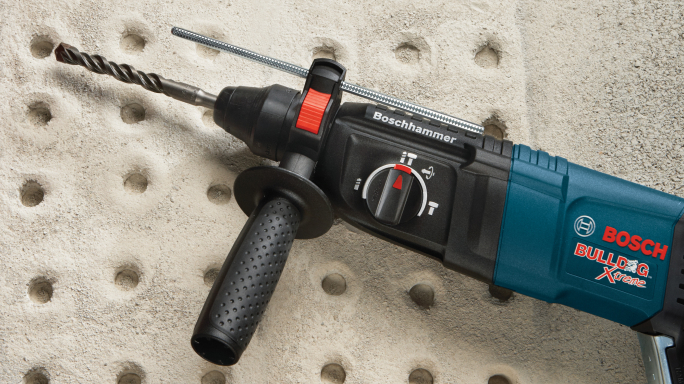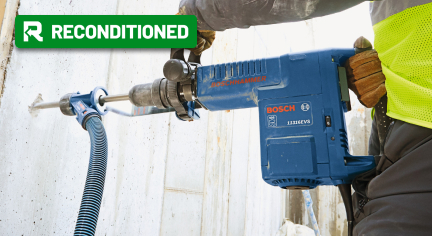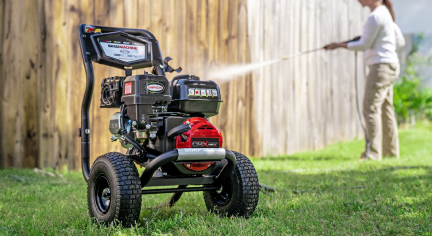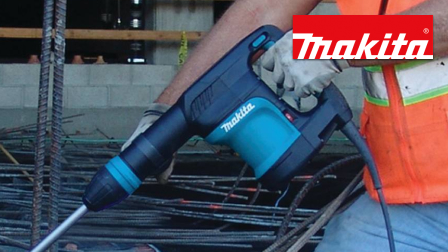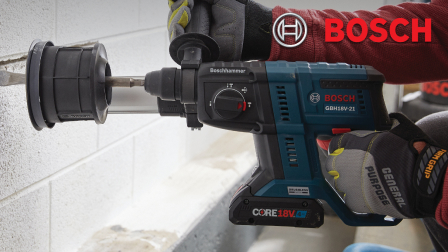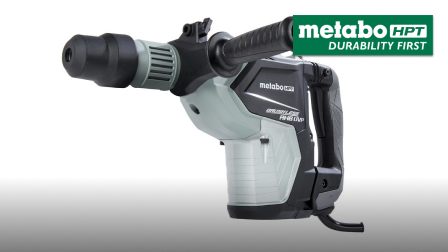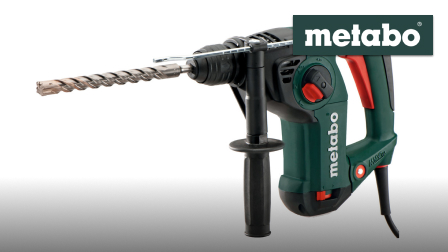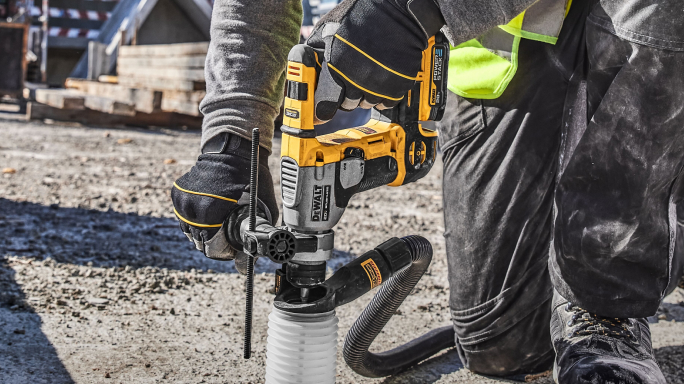What are the most common DIY uses for a rotary hammer?
Rotary hammers are commonly used for drilling holes in concrete, brick, or stone, installing anchors or rebar, and chiseling away tile or masonry. They are great for heavy-duty DIY projects that require more power than a standard drill that most people keep at home in the garage.
Is a rotary hammer different from a hammer drill?
Yes, a rotary hammer is different from a hammer drill. While both tools can drill into hard materials like concrete and brick, a rotary hammer uses a piston mechanism to deliver more powerful blows which makes it better suited for more demanding jobs like drilling into concrete or stone. A hammer drill is more appropriate for lighter tasks and smaller holes.
What is the difference between a rotary hammer and a demolition hammer?
The primary difference lies in their intended use: a rotary hammer is designed for drilling and chiseling, typically combining rotation and hammering action. A demolition hammer is solely focused on the hammering action without rotation. This makes demo hammers ideal for breaking and demolishing concrete and masonry.
Will a rotary hammer break up concrete?
Yes, a rotary hammer can break up concrete, especially when equipped with a chisel or pointed bit. It's effective for small to medium-sized demolition jobs, like removing old patios, sidewalks, or other concrete structures.
What is the best way to break up concrete yourself?
The best way to break up concrete yourself is to use a rotary hammer or a demolition hammer with a chisel bit. Start by scoring the concrete along the area you want to remove, then apply steady pressure with the hammer to break the concrete into manageable pieces. Be sure to wear protective gear, including safety glasses, gloves, and hearing protection.
